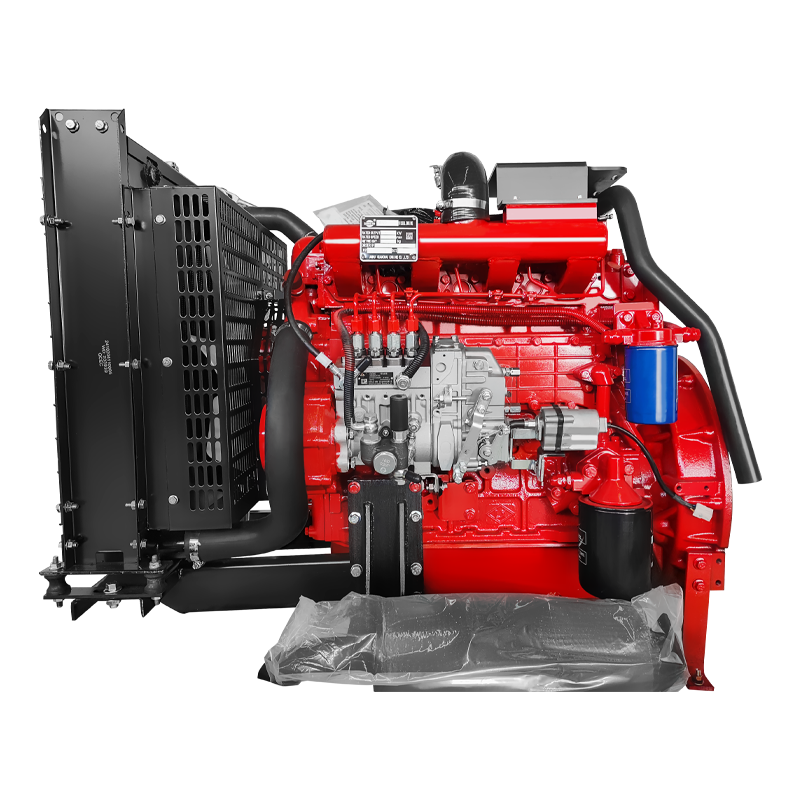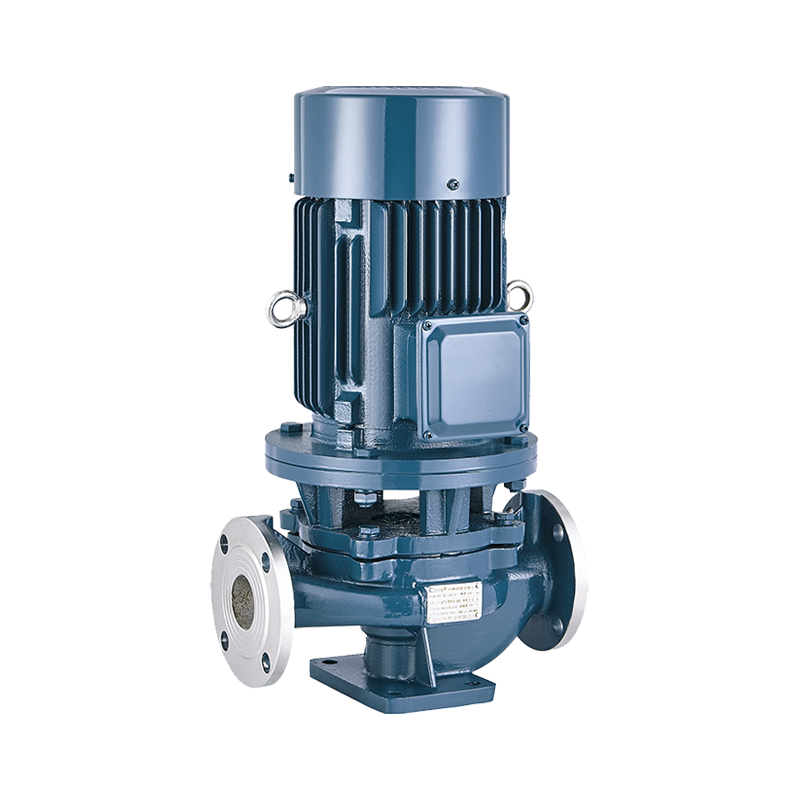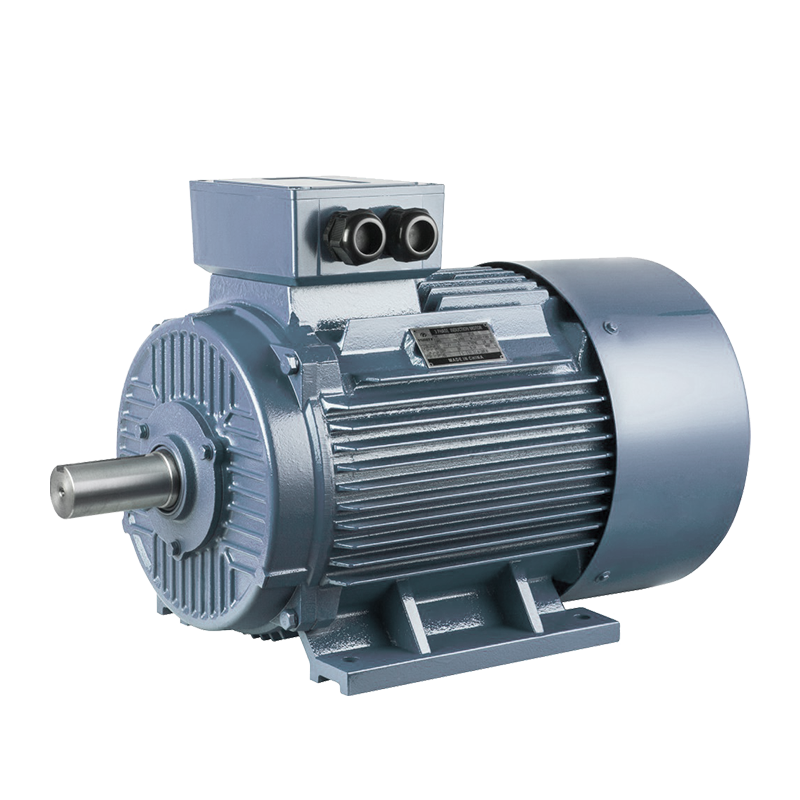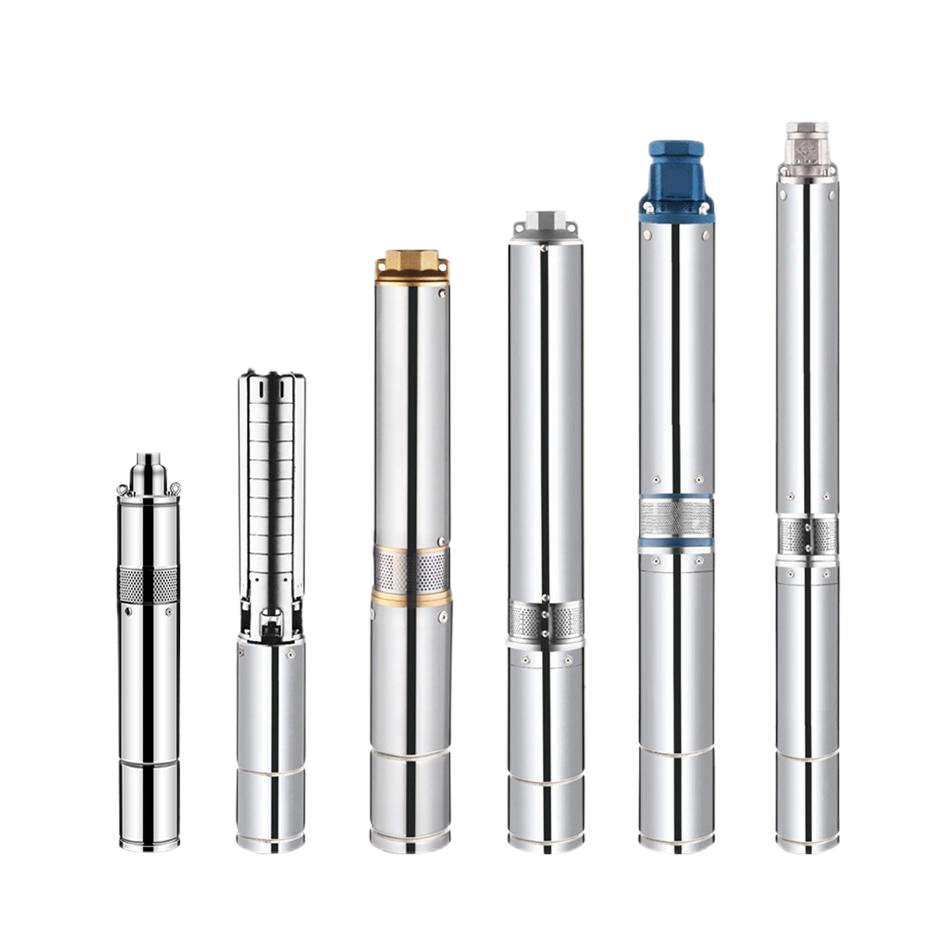
Water supply equipment is essential for providing clean and safe water to homes, businesses, industries, and public services. The infrastructure involved in water supply includes equipment and systems for the collection, transmission, treatment, storage, and distribution of water. This article explores the key components and functions of water supply pump equipment and infrastructure.
Collection and Source Intake
The water supply process begins with the collection of water from various sources such as rivers, lakes, reservoirs, or underground aquifers. Intake structures and pump stations are installed at these sources to draw water into the supply system. These pumps are crucial for ensuring a consistent flow of water from the source to the treatment facilities.
Transmission and Pumping
Once water is collected, it must be transported to treatment facilities and storage tanks. This is achieved through a network of pipes and pumping stations. The pumps used in this stage are designed to handle large volumes of water and maintain the necessary pressure to move it over long distances. High-capacity pumps, such as centrifugal pumps, are commonly used for this purpose.
Water Treatment
Water treatment facilities play a vital role in ensuring the safety and quality of the water supply. Treatment processes typically include filtration, sedimentation, disinfection, and chemical treatment to remove impurities and pathogens. Pump equipment is used throughout the treatment process to move water between different treatment stages and ensure consistent flow rates.
Storage and Distribution
After treatment, water is stored in tanks or reservoirs until it is needed. Storage facilities help manage supply and demand, ensuring that there is always enough water available for consumers. Distribution pumps then deliver the treated water through a network of pipes to homes, commercial establishments, industries, and public facilities. These pumps maintain the pressure required to deliver water to various locations, including high-rise buildings and remote areas.
Public and Commercial Uses
In addition to domestic and industrial uses, water supply infrastructure also supports essential public services. For example, water is supplied for firefighting, street flushing, and irrigation. Specialized pumps and systems are used to ensure that water is available for these critical applications, often requiring high-pressure and high-volume capabilities.
Conclusion
Water supply pump equipment and infrastructure are fundamental to providing a reliable and safe water supply. From collection and transmission to treatment, storage, and distribution, each component plays a critical role in maintaining water quality and availability. Understanding the functions and importance of these systems helps highlight the complexity and necessity of well-maintained water supply infrastructure. Investing in advanced pump technologies and infrastructure improvements is crucial for meeting the growing demand for water and ensuring sustainable water management practices.
 English
English عربى
عربى
 Fire Pump and System
Fire Pump and System Split Case Pump
Split Case Pump Engine and Pump
Engine and Pump Long Shaft Pump
Long Shaft Pump Multistage pump
Multistage pump Water Supplier System
Water Supplier System Sewage Pump
Sewage Pump Industrial Pump
Industrial Pump Self-Priming Pump
Self-Priming Pump Inline Pump
Inline Pump Domestic Pump
Domestic Pump Electric Motor
Electric Motor Borehole Pump
Borehole Pump







